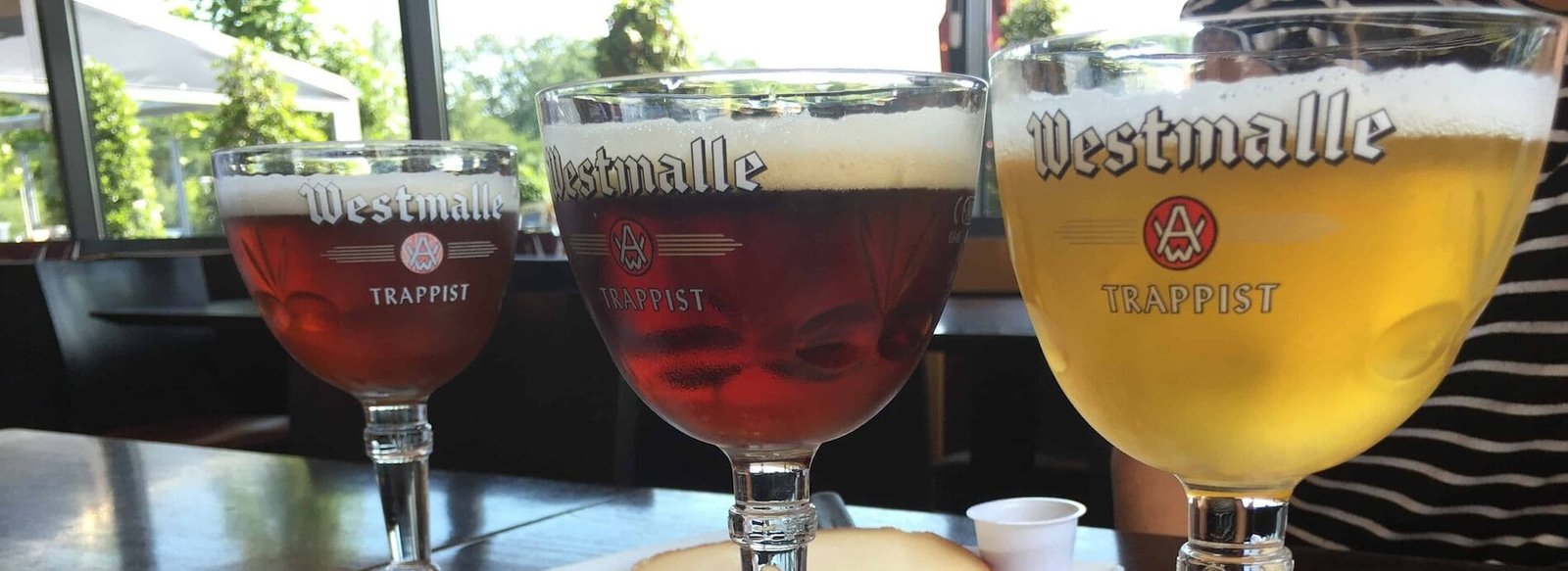Belgian Quadrupel, often referred to simply as “Quad,” is a style of beer that stands out for its high alcohol content and rich, complex flavors. Originating from the Trappist monasteries of Belgium, this beer has evolved over centuries, becoming a beloved choice among beer enthusiasts. Brewing a Quadrupel is not just a technical process; it is an art form that requires a deep understanding of ingredients, fermentation, and aging. In this article, we will explore the intricacies of brewing Belgian Quadrupel, from the selection of raw materials to the final tasting notes.
Historical Context
The roots of Belgian Quadrupel can be traced back to the brewing traditions of Trappist monks, who sought to create rich, flavorful beers that could sustain them during periods of fasting. The term “Quadrupel” itself is derived from the Latin word “quattuor,” meaning four, which signifies its strength compared to other Belgian styles such as Dubbel and Tripel. While the exact origins are somewhat murky, it is widely accepted that the style began to gain prominence in the late 20th century, with breweries like Westmalle and Rochefort leading the way.
Ingredients: The Building Blocks of Flavor
The brewing of a Quadrupel begins with the careful selection of ingredients. Each component plays a crucial role in developing the beer’s signature profile.
1. Malt: The backbone of any beer, malt contributes to the flavor, color, and body. For a Quadrupel, a combination of pale malt and specialty malts is typically used. Caramel and Munich malts add sweetness and depth, while darker malts can introduce notes of chocolate and coffee. The choice of malt can significantly influence the final product, making it essential to select high-quality grains.
2. Hops: While hops are not the star of the show in a Quadrupel, they still play an important role. The bitterness from hops balances the sweetness of the malt, preventing the beer from becoming cloying. Traditional Belgian hops, such as Saaz or Styrian Goldings, are often used for their mild floral and earthy characteristics. The hop addition is usually minimal and primarily occurs during the boil to maintain the focus on malt flavors.
3. Yeast: Belgian yeast strains are renowned for their ability to produce complex flavors and aromas. The yeast used in Quadrupel brewing is typically a high-attenuating strain that can withstand higher alcohol levels. During fermentation, the yeast not only converts sugars into alcohol but also produces esters and phenols, which contribute fruity and spicy notes. The choice of yeast can dramatically alter the flavor profile, making it a critical consideration for brewers.
4. Adjuncts: Many brewers choose to add adjuncts to enhance the complexity of their Quadrupel. Common adjuncts include candi sugar, which adds fermentable sugars without increasing the body, and spices such as coriander or orange peel, which can introduce additional layers of flavor. These adjuncts must be used judiciously to maintain balance.
The Brewing Process
The brewing process for a Quadrupel is a meticulous endeavor that requires careful attention to detail. Here’s a step-by-step overview:
1. Mashing: The process begins with mashing, where crushed malt is mixed with hot water. This activates enzymes that convert starches into fermentable sugars. For a Quadrupel, a multi-step mash may be employed to optimize sugar extraction and flavor development. The temperature and duration of each step can influence the final sweetness and body of the beer.
2. Boiling: After mashing, the wort is separated from the spent grains and brought to a boil. Hops are added at various stages during the boil to achieve the desired bitterness and aroma. The boiling process also sterilizes the wort and concentrates the flavors.
3. Cooling and Fermentation: Once the boil is complete, the wort must be cooled rapidly to a temperature suitable for fermentation. This is typically done using a heat exchanger. After cooling, the wort is transferred to a fermentation vessel, and the yeast is pitched. Fermentation can take several weeks, during which the yeast will produce alcohol and carbon dioxide, as well as a range of flavor compounds.
4. Conditioning: After primary fermentation, the beer is often transferred to a secondary vessel for conditioning. This stage allows the flavors to meld and mature. Some brewers choose to age their Quadrupel in oak barrels, which can impart additional complexity and depth. This aging process can last anywhere from a few months to several years, depending on the desired outcome.
5. Packaging: Once conditioning is complete, the beer is carbonated and packaged. Quadrupels can be bottled or kegged, and many brewers opt for bottle conditioning, where a small amount of sugar and yeast is added before sealing the bottle. This method allows for natural carbonation and can enhance the beer’s flavor over time.
When it comes to tasting a Belgian Quadrupel, the experience is often multi-faceted. The appearance is typically deep amber to brown, with a creamy, tan head that lingers. The aroma is inviting, with notes of dark fruits such as figs, raisins, and plums, complemented by caramel, toffee, and a hint of spice.
On the palate, a well-crafted Quadrupel is rich and full-bodied, with a smooth mouthfeel. The sweetness from the malt is balanced by a gentle bitterness from the hops, creating a harmonious blend. Flavors of dark fruit, brown sugar, and subtle chocolate often emerge, along with a warming alcohol presence that is both comforting and invigorating. The finish is usually long and complex, leaving a lingering sweetness and a touch of spice.
Pairing Suggestions
Belgian Quadrupel is a versatile beer that pairs well with a variety of foods. Its rich flavors make it an excellent companion for hearty dishes such as beef stew, lamb, or roasted game. The sweetness of the beer also complements desserts, particularly those featuring chocolate or caramel. Cheese lovers can enjoy it alongside strong, aged cheeses like Gouda or blue cheese, where the beer’s sweetness balances the saltiness of the cheese.
The Brewing of Belgian Quadrupel: A High-ABV Masterpiece
Brewing Belgian Quadrupel is a labor of love that combines tradition, skill, and creativity. From the careful selection of ingredients to the meticulous brewing process, each step contributes to the final product—a high-ABV masterpiece that captivates the senses. As the popularity of craft beer continues to rise, the Quadrupel remains a testament to the rich brewing heritage of Belgium, inviting both seasoned enthusiasts and newcomers to explore its complex flavors and aromas. Whether enjoyed on its own or paired with a delicious meal, a well-crafted Quadrupel promises an unforgettable experience, showcasing the artistry and passion that define this remarkable style of beer.

